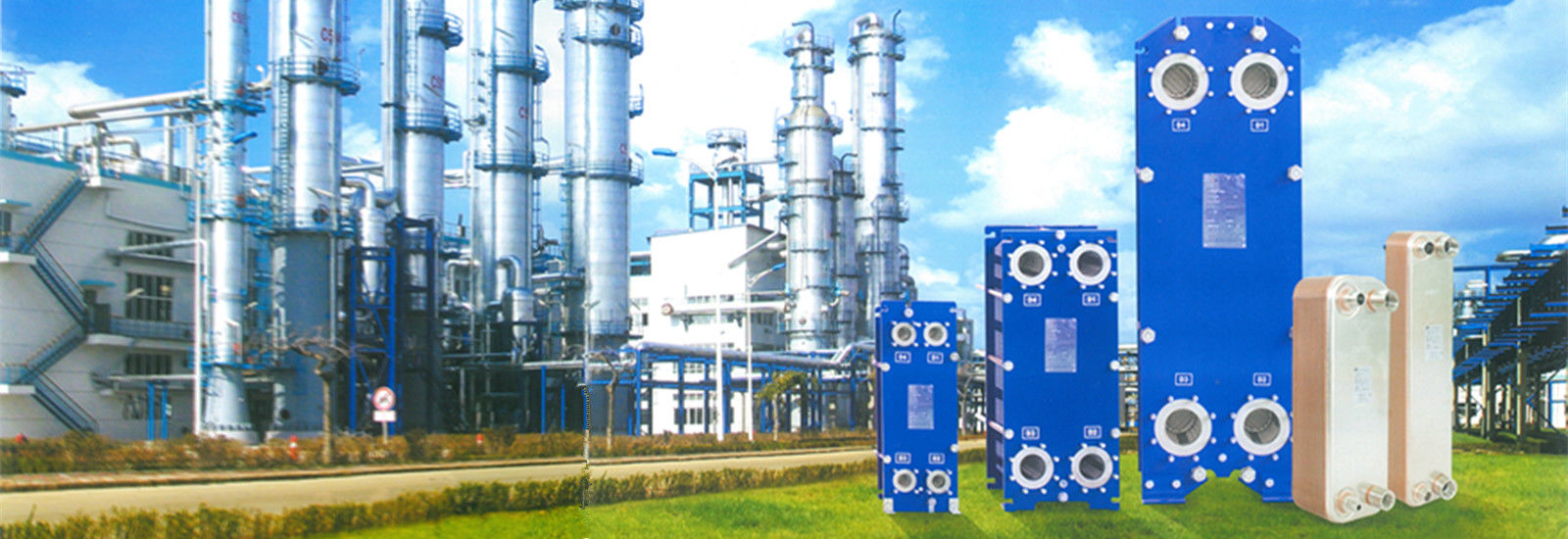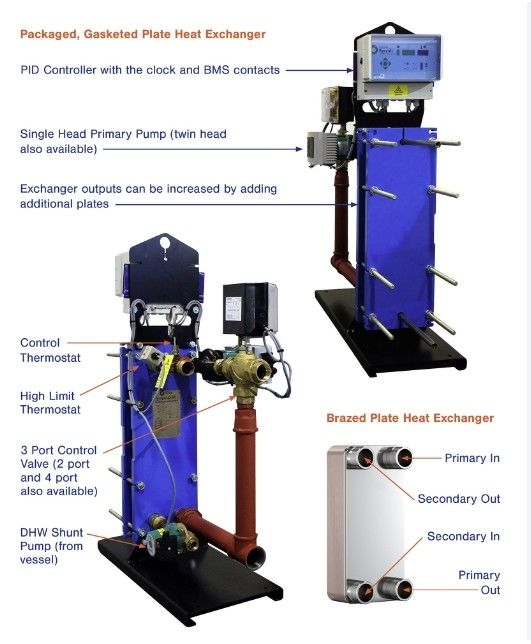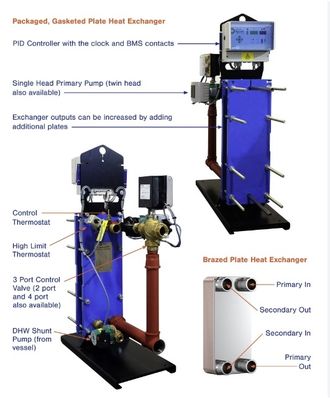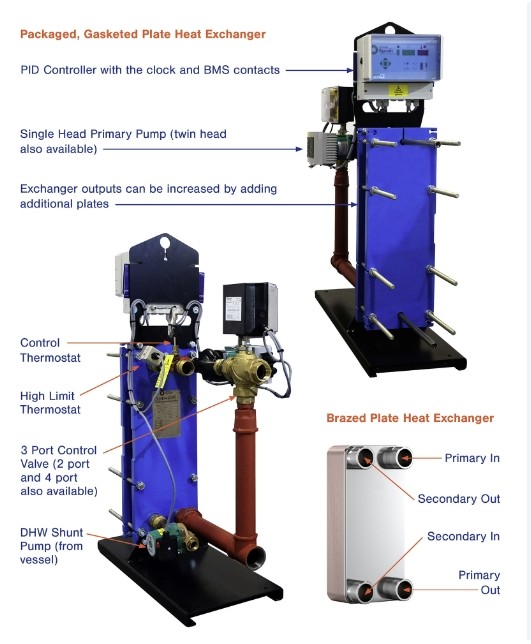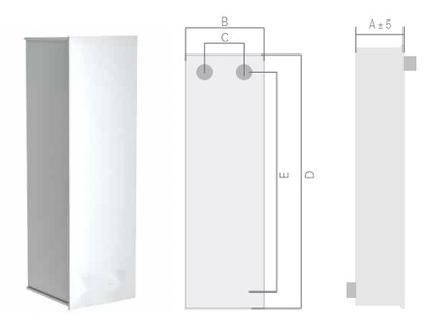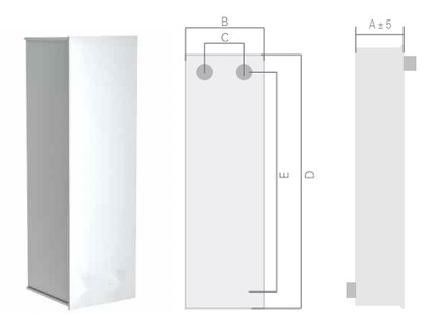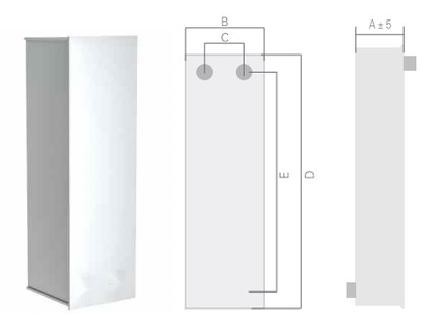Laser Welding Fusion Bonded Plate Heat Exchanger Utilized In Shipbuilding, Offshore Platforms, And Marine Cooling Systems
| TYPE |
B(mm) |
C(mm) |
D(mm) |
E(mm) |
THICKNESS(mm) |
WEIGHT(Kg) |
MAX FLOW m3/h) |
DESIGN PRESSURE (Mpa) |
| BT350BR |
318 |
160 |
1060 |
912 |
44+2.23N |
79.3+1.31N(N<132)
82.23+1.404N(N≥132)
|
50 |
0.5 |
|
|
|
Introduction :
The fusion-welded plate heat exchanger features a compact and lightweight design, making it suitable for installations where space is limited. The plates are made of high-quality materials, such as stainless steel or titanium, which offer excellent corrosion resistance and durability.
The heat transfer process in a box-type fusion-welded plate heat exchanger occurs through alternating channels formed by the welded plates. The hot and cold fluids flow through these channels, allowing for efficient heat exchange. The welding technique ensures a secure and leak-free connection between the plates, maintaining the integrity of the system.
One of the key advantages of a box-type fusion-welded plate heat exchanger is its ability to handle high-pressure and high-temperature applications. It is commonly used in industries such as oil and gas, chemical processing, power generation, and refrigeration.
Box Type Fusion Welded Plate Heat Exchanger , box material is Q35 , all stainless steel inside welded plate heat exchanger .
System design available for assemble for signle component , also can assemble with more box type heat exchanger .
The operating temperature 0-170 ℃ , satisfy application in special industry .
Features:
High thermal efficiency: The fusion-welded plates in the heat exchanger are designed with corrugations or chevrons, which enhance the heat transfer process. These corrugations create turbulence in the fluid flow, maximizing the contact between the hot and cold fluids and improving overall thermal efficiency.
Wide material compatibility: The plates of the heat exchanger are typically made of high-quality materials such as stainless steel or titanium. These materials offer excellent corrosion resistance, making the heat exchanger compatible with a wide range of fluids, including corrosive or aggressive media.
Easy maintenance and cleaning: The modular design of box-type fusion-welded plate heat exchangers allows for easy access to the plates, simplifying maintenance, cleaning, and inspection procedures. This feature contributes to the longevity and optimal performance of the heat exchanger.
High-pressure capability: Box-type fusion-welded plate heat exchangers are designed to handle high-pressure applications. They can effectively accommodate the demands of industrial processes that require heat transfer under elevated pressures.
These features collectively make box-type fusion-welded plate heat exchangers efficient, reliable, and suitable for a wide range of industrial applications where compactness, high thermal efficiency, and durability are essential.
Test Area :

Workshop :


Package Area :



 Your message must be between 20-3,000 characters!
Your message must be between 20-3,000 characters! Please check your E-mail!
Please check your E-mail!  Your message must be between 20-3,000 characters!
Your message must be between 20-3,000 characters! Please check your E-mail!
Please check your E-mail! 
